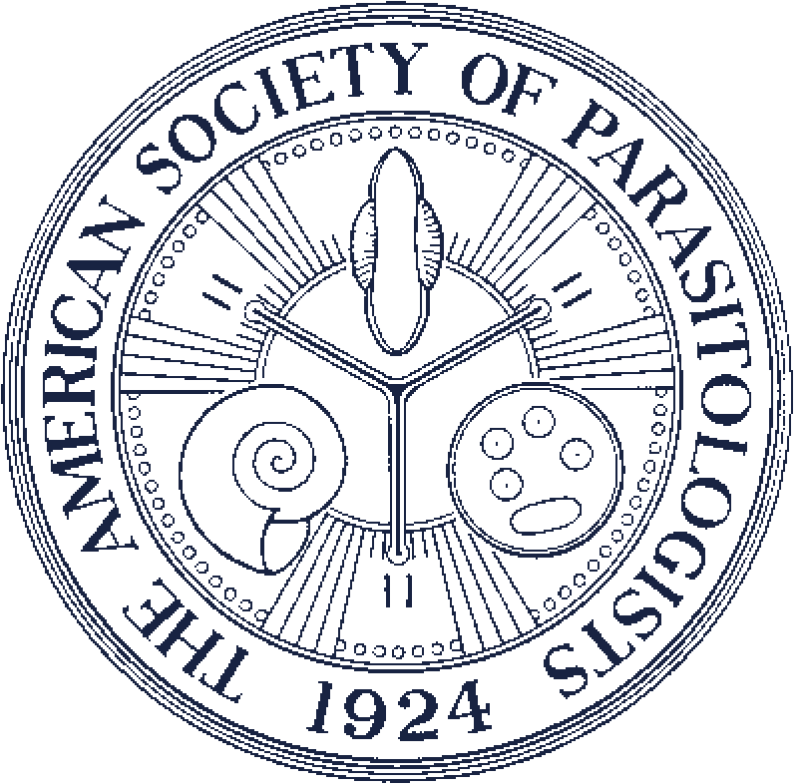Characterization of a New Myxozoan Species (Myxozoa: Myxobolidae: Myxosporea) in Largescale Stonerollers (Campostoma oligolepis) from the Mobile River Basin (Alabama)
Myxobolus stanlii sp. n. was described from largescale stonerollers (Campostoma oligolepis) from the Mobile River Basin in Alabama. The parasite was described using critical identifying morphological features, and the 18S small subunit ribosomal RNA (SSU rRNA) gene sequence. The spore body was ovoid, 10.03 ± 0.7 (7.5–11.0) μm long and 8.8 ± 1.5 (6.3–11.3) μm wide in frontal view. Spore thickness was 6.3 ± 2.7 (6.2–8.6) μm in sutural view. Polar capsules were pyriform, of equal size, and oriented in plane with the sutural ridge. Polar capsules were 2.45 ± 1.5 (range 2.1–4.3) μm in width and 4.6 ± 2.7 (range 4.5–6.9) μm in length. Based on the SSU rRNA gene sequence of Myxobolus stanlii sp. n. is most closely related to M. pseudodispar.Abstract

Map of primers and approximate annealing sites on the 18S small-subunit rRNA gene. The entropy (Hx) plot depicts sites of nucleotide variation (Hx > 1) within the SSU rDNA sequence between Myxobolus spp. included in this paper.

Histological appearance of Myxobolus stanlii sp. n. infection in the largescale stoneroller. (A) Cyst of spores (a) between bundles of skeletal muscle (b) in close association with the vascular system (c). (B) Large cysts (a) of spores within loose connective tissue around cartilage (b) in the head region. (C) Spores (arrows) within an individual muscle bundle (a). (D) Cysts of spores and melanin (a) surrounding blood vessels (b) and in proximity to peripheral nerves (c). (E) Spores (arrows) within a peripheral nerve. (F) Cyst of spores and melanin (a) within the meninges (arrow) around the brain (b). H&E stain.

Fresh wet mount of mature M. stanlii spores.

Myxobolus stanlii sp. n. schematic drawing of morphology of a spore in anterior view.

Transmission electron microscope sections of Myxobolus stanlii sp. n. (A) Mature spore localized in the connective tissue showing the polar capsules (PC) with polar filaments (PF) coiled inside, the sporoplasm (S), and different cellular densities (D) surrounding and within the polar capsules. (B) Higher magnification of M. stanlii sp. n. illustrating polar capsules (PC), shell valves (SV), and the polar filaments (PF).

Histological appearance of Myxobolus stanlii sp. n. infection in the largescale stoneroller. (A) Free spores (arrows) surrounded by inflammation (a) between muscle bundles. (B) Spores (arrows) in proximity to a blood vessel (a). (C) Spores (arrows) within a macrophage aggregate of the kidney (a). H&E stain.

Phylogenetic tree resulting from Bayesian Inference analysis of myxozoan 18S SSU rDNA (1250 bp, including gaps). Myxozoan species included all infect cyprinid fishes. Bootstrap values are noted beside the branches.
